A section of the sword blade that is housed within the handle (Tsuka). This area often features notable elements such as the signature (Mei) and file marks (Yasurime), making it an essential part to observe when appreciating the sword.
The distance from the tip (Kissaki) to the edge notch (Hamachi) and spine notch (Munemachi). Depending on the blade length, swords can be categorized as Tachi, Wakizashi, or Tanto.
The length of the most distant part of the spine (Mune) when connecting the spine notch (Munemachi) and the tip (Kissaki) in a straight line.
The terminal part of the tang, which is often rounded off.
A hole through which a peg is passed to secure the handle to the tang. Typically, there is one or two of these holes.
A small notch near the boundary between the blade and the tang, located on the spine side. Along with the edge notch (Hamachi), it indicates the beginning of the blade.
A small notch near the boundary between the blade and the tang, located on the edge side. Along with the spine notch (Munemachi), it indicates the beginning of the blade.
The flat part of the sword blade, situated between the ridge surface (Shinogi-ji) and the edge. It forms a major portion of the blade.
The raised central part of the sword blade. Located on both sides of the ridge line (Shinogi-suji), it plays a role in maintaining the sword’s strength and shape.
The line running down the center of the ridge surface. It is the highest part of the ridge surface and contributes to the sword’s strength and shape.
A pattern that appears on the edge, formed during the tempering process. It reflects the characteristics of the sword and the blacksmith’s technique.
A horizontal line near the tip of the sword blade, which demarcates the tip section.
A small ridge line near the tip, emphasizing the shape and features of the tip.
The pointed end of the sword. Also referred to as the cutting point, it is one of the most crucial parts in terms of the sword’s shape and function.


